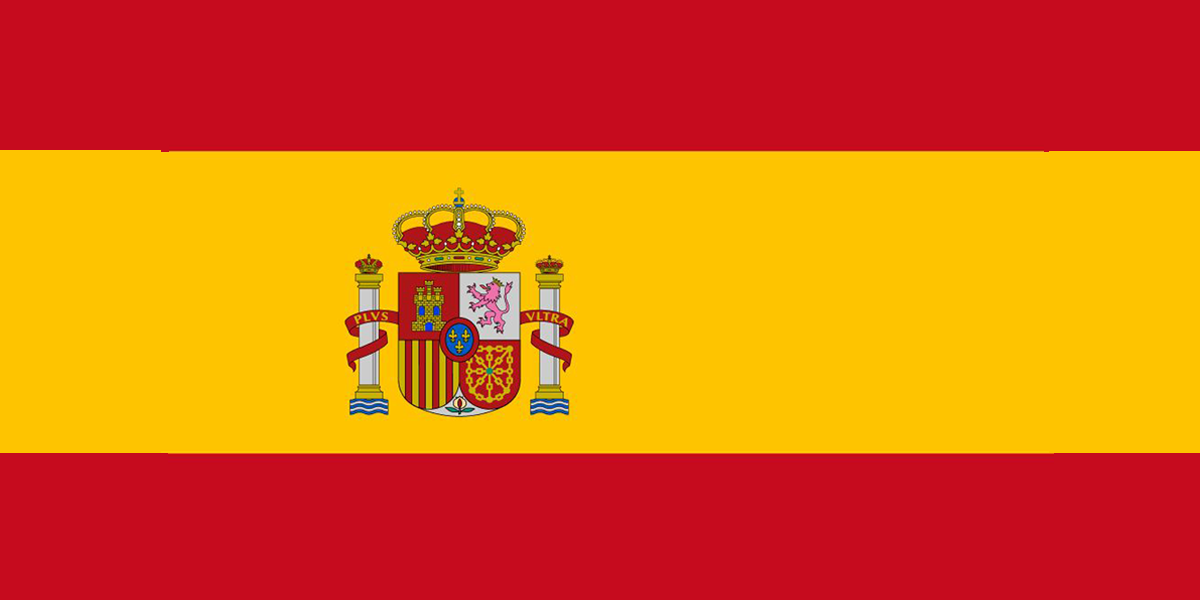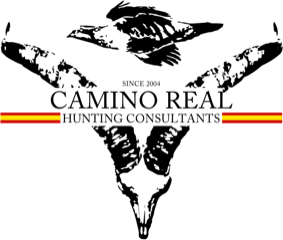From the Pyrenees to the Carpathian
Two friends traveling the world together
Fernando and Arturo or “gordito” and “pelon” -as they call each other- know each other since they were very young. In their late thirties, they both know how to enjoy life by traveling and hunting together in some of the most amazing destinations in the world. As good Mexican guys, they always carry a tequila or mezcal bottle in their bag for whatever could go wrong.
In love with Africa, they have hunted four of the big five as well as an amazing variety of African game species. Ahead of them, a bunch of other safaris are witing for them in the coming years. They also have some experience hunting in a few mountain destinations of Asia and Europe and explored some of the most remote areas of North America. Always together.
Ten days before heading to Alaska -the last frontier- the outfitter with whom they had booked a wonderful moose hunt for which they had been dreaming of a very long time, reached out to cancel it, just as he did the previous year. They contacted us -still disappointed- and within a few days, we were able to put together what it proved to be a very special combo hunt. Starting in Spain, we would begin our hunt in the Pyrenees, hunting for free range fallow deer and mouflon sheep. Done in the Pyrenees, we would fly to Romania and hunt red stags in the Carpathian Mountains.
Pyrenees, an uncharted corner of Spain
The first thing that would come into your mind when thinking about Spain, would be our majestic Spanish Ibex. I can perfectly understand that. However, very few international hunters are aware of how amazing the Pyrenees in terms of variety of game is. Pyrenean chamois, mouflon sheep, red stag, fallow deer, roe deer, and wild boar are plentiful. It is also retreat for some emblematic species such as the capercaillie and Iberian brown bear.
Free of high fences, the different game species live in their wild and natural habitat, making any hunt in the Pyrenees a very interesting experience to consider.
Who said fallow deer lived in flat areas?
During our hunt in the Pyrenees, we would stay close to one of Spain’s best ski resorts, only half an hour away from the hunting area, ensuring a huge variety of extraordinary and charming restaurants.
On our first hunting day, we would focus on fallow deer. A beautiful sunrise brought us a chilly day with clear skies and a total lack of wind. Just as we were driving up the main road, we started seeing the first fallow crossing right in front of us. But what really called the hunter’s attention was the type of terrain in which these fallows lived. It is not unusual to see them above the chamois or mouflons.
Despite being a hunt that takes places between 2.200 – 2.700 meters high, the advantage of this hunting area is that you might get a chance of stalking them from above, as there is a small road that can take you quite high into the mountain range. This being said, the Pyrenees Range is not an easy mountain and being in good physical condition is crucial.
Two outstanding fallow deer to complete a perfect day
Waiting at top of the mountain for the sun to get higher and avoid spooking the animals away, we sat there peacefully admiring the views in front of us. I really find it impossible not to fall in love with these mountains. It is certainly a privilege to explore these mountains as part of my job.
Having located the first group of males -amongst which we could see three good stags- we decided that the best way to optimize our chances was to split ourselves into two different groups. Arturo would try for a stag that we could see in the distance and way above us. The direction of the wind forced us to go all the way around and over the top. Fernando, luckily for him -and myself as I would be guiding him- would hunt below, trying for an outstanding stag which we had spotted days before. After two great stalks, and a bit of luck, both Fernando and Arturo were able to harvest two outstanding mountain fallow deer, completing a great first day of hunting.




Mountain Mouflon Sheeps
After a great success on the first hunting day, which we celebrated accordingly with some Spanish wine, a bit of tequila -just to get a bit of everyone’s tradition- and a delicious dinner in Paloma’s -my wife- favourite restaurant located in the Valle de Arán, we were ready for the next day. Ready to chase mouflon in the mountains.
Those who have had the opportunity to hunt mouflon sheep in the mountain -and I mean real mountains- will agree with me that this can be one of the most beautiful hunts to accomplish. Pursuing an old ram in Chamois country has a very special meaning to us. But apart from their intrinsic beauty, these are very challenging animals. They have a privileged eyesight and when you think your stalk has been perfect and you almost see the mouflon already hung on the wall, you look to verify that they are still feeding calmly, and for no reason they are running like hell!
We started walking before dawn, as I thought it would be a good idea to gain as much altitude as possible before it got too warm. We had, at least, two hours before reaching alpine terrain above the tree line. Around 11:00 am, every animal bedded down away from the sun. During those hours we had seen a couple of roe bucks, a few chamois, and some mouflon groups. Always too far to get a shot at. As the animals looked for shelter, we kept on hiking until we reached the highest part of the valley, where we sat to have lunch. The views were simply amazing.
For the next three hours we glassed -I know of two who also had a siesta whose snores could be heard miles away- and spotted a huge red stag and some mouflons. Every animal except the red stag, which was already in full rut, kept away from the heat until 4:00 pm, when the temperatures gave us a break. As the game became active again, it was time to get moving. It took us an hour and a half to get to where we had seen a group of mouflons which had a couple of beautiful rams. The wind was not perfect and a group of 38 chamois were right in between us, putting our operation at risk. Fortunately for us, the chamois moved away and we got 310 meters away from the mouflon. There was no way to get closer. Laid on the ground, Fernando took a great shot and the 6,5x57R put the mouflon down right on its tracks.





Done with the pictures and the skinning, we still had enough light to continue hunting. We did not want to waste any time, so quickly, we moved on to the next valley. After Fernando’s shot, I could see lots of mouflons running towards this valley and I was pretty confident that we would find them. Cautiously, we peep over a small ridge, and as we gained a better perspective, we located the first groups. Our side of the valley was too steep to provide a stable position to shoot, so the crawled and got Arturo into a better position at 220 meters away from the mouflon.
Even though this time of the year -mid September- is still a bit too early, the mouflon that we chose to shoot seemed to be in full rut and would not stop chasing the females that he had with him. This made it difficult for Arturo to look for a shot. As he stopped for a moment, the 6,5x57R broke the quietness of the mountains. It was so steep that our mouflon fell off a small cliff and disappeared. Our excitement and happiness did not last for too long. As we went down the small cliff to check the mouflon, we quickly noticed that he had run away, leaving an evident blood trail. We decided to leave it and come back on the next day with a dog.
Next day, our good friend Aitor -one of the best mountain guides that I personally know- together with his blood hound Tuc -member of the Blood Hound Spanish Association- came with us in search of the mouflon. It did not take much time until Tuc could find the mouflon’s track. Nose on the ground, Tuc and Aitor got lost in the forest. Few minutes later, a huge hare coming out right under Tuc’s legs made the dog go completely crazy for a moment, but seconds later he was back at it again. As both Aitor and Tuc disappeared again in the forest, everything turned quiet. Half an hour later, down from the bottom of the valley, I could hear Aitor’s voice calling us. Tuc had found the mouflon after a great job. I would like to take this opportunity to thank them both for being there with us, as without their effort, we would have never found the mouflon.
From the Pyrenees to the Carpathian Mountains
Done with our hunt in the Pyrenees, it was time to move to the Carpathian Mountains, in Romania, in pursue of some great European red stags. Given the time of the year, we would arrive when the rut was meant to be at full swing, which would give us the opportunity to have a better chance at some big stags. However, the rutting season in the mountains is as uncertain as the hunting itself and most of the times it becomes a real challenge just to find an old stag.
We flew to Bucharest and drove 3 hours to get to the hunting lodge, located in the southern part of the Carpathian Mountains, near the Vidraru Lake. This area offers different accommodation possibilities. However, due to the high volumes of tourists at this time of the year, the best option was to stay at a mountain refuge located in the game reserve in which we would be hunting. A very comfortable and spacious lodge located at the foot of the mountains.
A quiet first morning that ended in surprise
Split in two different hunting teams -each hunter would have his own guides- the first morning started very early. It was still completely dark when we left the car. Cautiously, we walked into the woods. Every few couple of steps, we would stop to listen, hoping to hear the stags roar.
The morning went by without hearing a single roar or signs of any rut. All of a sudden, a stag was heard nearby, making us all stand dead still. A second roar confirmed that the stag was coming towards us. Walking on our tip toes, we decided to continue a bit to where we could get a better perspective. The humidity on the ground helped us walk without making much noise. Minutes lates, and already close to us, a third round of heavy roars felt so loud that it almost dropped us to the ground. One doe, two does, three does…there he was! Majestic and with his head leaning forward in the only way he could avoid the branches with his huge antlers, our outstanding red stag appeared from nowhere. Arturo did not have to wait for us to tell him the magic words and at about 18 yards, he got himself this once in a lifetime monarch.
Patience always pays off!
After Arturo’s great success on the first morning of the hunt, all efforts were now put on with Fernando. We were hoping for the same luck. The roar appeared to have become a bit too quiet, although this can change at any moment, going from dead silence to a red stag concert in a matter of minutes. We must bear in mind that these animals are used to deal with bears and wolves, what makes them be even more wary.
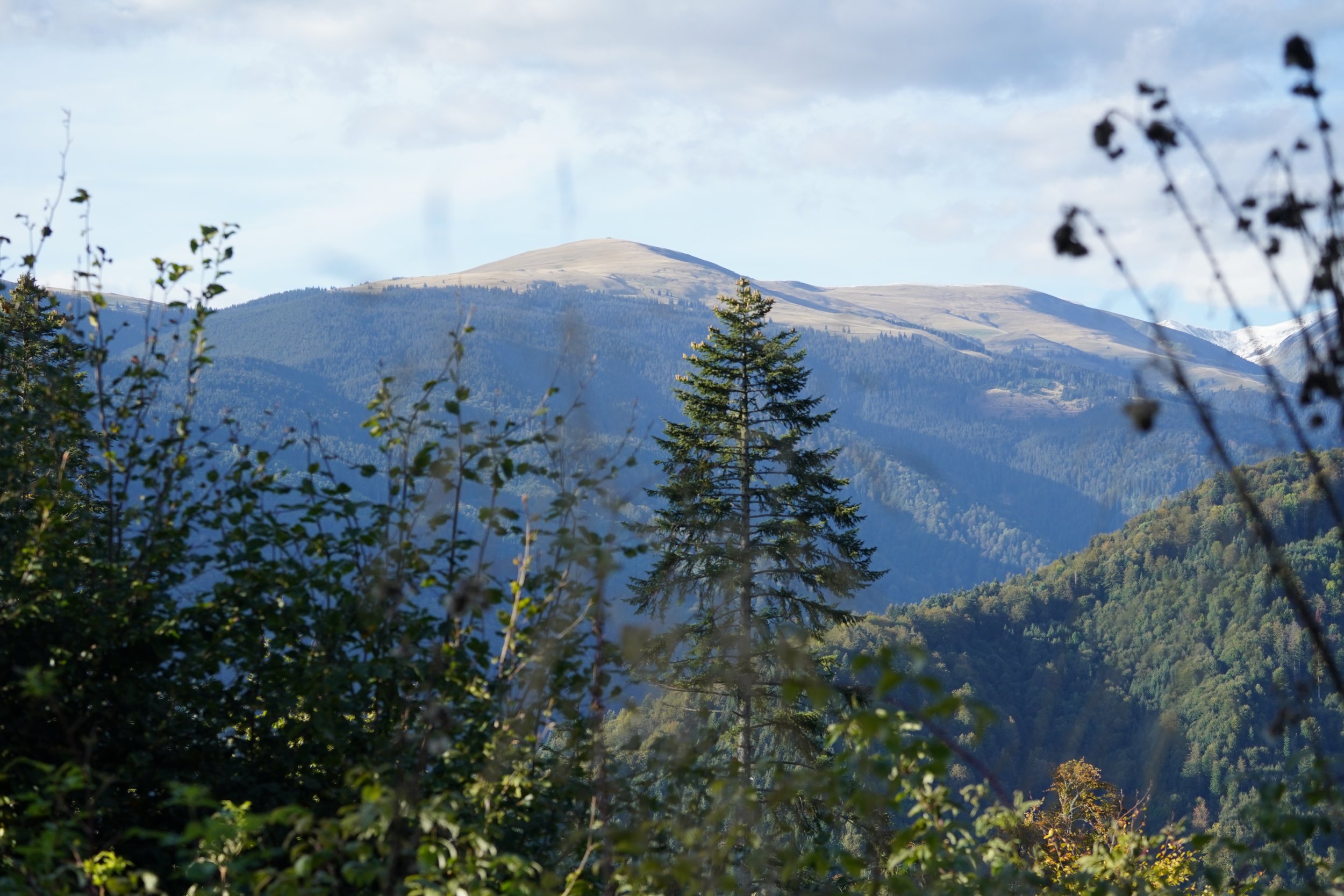

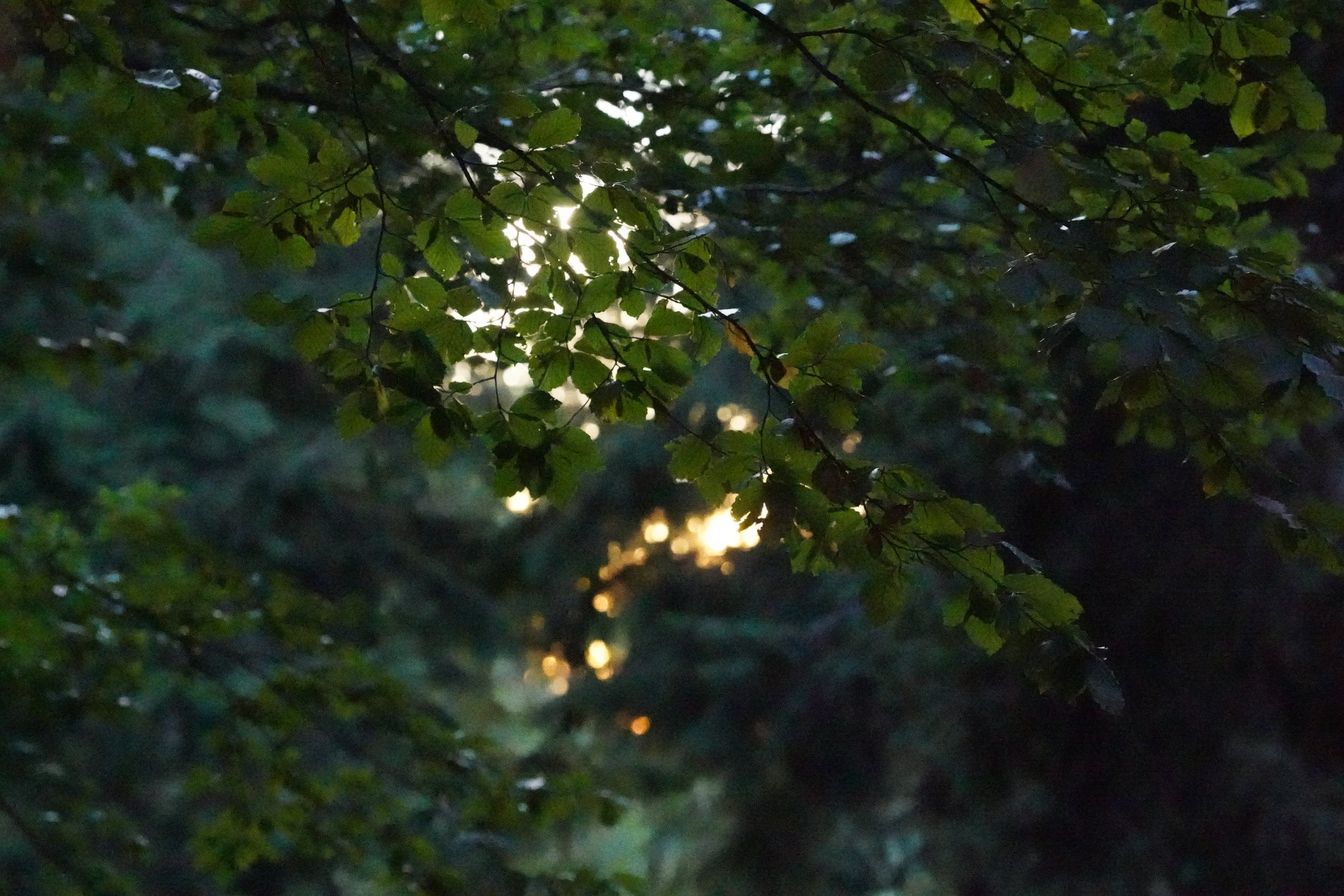
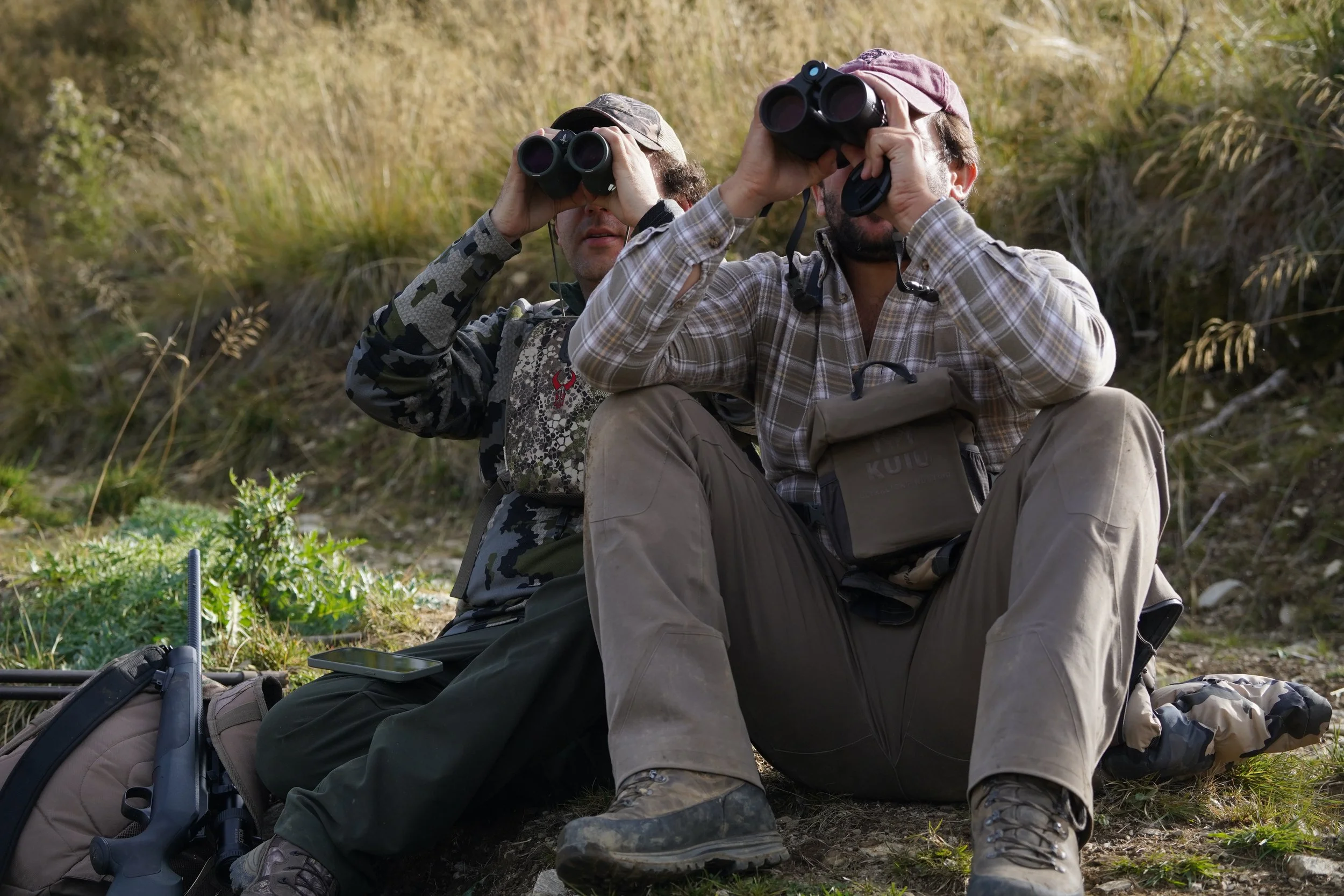


During the following three days, we went up and down every mountain around looking for the right stag to put a stalk on to. Nobody said this was going to be an easy task. The immensity of the terrain, and the fact that the strong winters and predators keep game populations not as dense as in other European countries, will make you push it a farther step to succeed. On the evening of third day, we finally managed to get close to a mature stag. No more than 100 yards separated us from his position. Right on the limit of the thick bush, he would stop without showing us a single part of his body. He knew something was not right. So close yet so far at the same time! The stag’s behaviour was definitely telling us that what we had in front was for sure an old and dominant individual.
Back to camp and still shaking from being so close to our stag, it did not take us long to start making a plan for next day. Next morning, we tried again but it did not work as we thought it would. We located three different stags but none of them were the kind of animal that we were looking for. It was already day four in the afternoon, and the general spirit of the team was not as enthusiastic as in the beginning. I could feel that. But we had to keep pushing. These mountain red stags are not easy, but my experience tells me that everything can change within seconds. We just needed a bit of luck.
Back at it after lunch, I thought to myself that sooner than later, this stag which had kept us all in suspense, would make a fatal mistake. He had been too smart for too long already -reason why they survive from wolves and bears by the way-. As we were climbing the very same mountain from the previous times again, every single stag in the area started roaring as never before throughout the trip. Being at the top of the valley listening to that many stags roaring all over, was something I will never forget. One of those stags was ours. We could recognize his tone. Just as the day before, he kept answering our calls for about two hours. For some reason, he also knew he should not trespass beyond the limit of the trees. Finally, our calls drew the attention of a single doe that came to see what was going on. Luckily for us, I could see through the trees that our stag was coming right behind her. Having worked so much to get him, Fernando felt we could not miss the opportunity and put a perfect shot to end what I will remember as one of the most exciting hunts of the season so far.
End of a perfect combo hunt through Europe
This stag was the perfect end to a great hunt in which Fernando and Arturo were able to hunt some of the most beautiful mountains throughout Europe: Pyrenees and Carpathian Mountains. A total of 7 days in which we worked hard and earned a great success. Well done to the two hunters! We cannot wait to have you guys back!
Wishing you all a happy hunting and looking forward to meeting you soon.
Álvaro Mazón (Jr).

